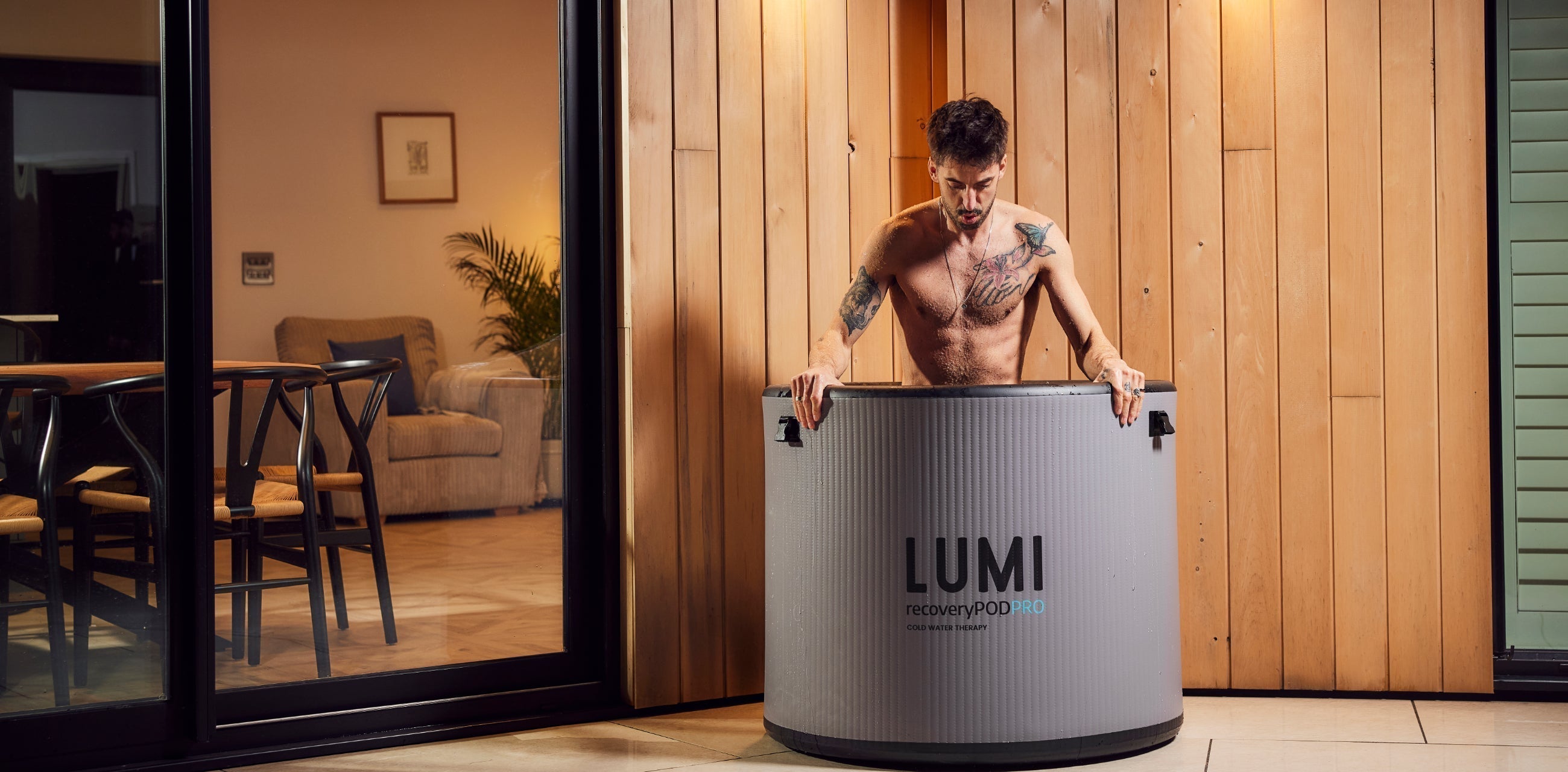Are Ice Baths Good for You? My 365-Day Experience and What Science Says
Are ice baths good for you? This is a question I get asked all the time after spending 365 days immersing myself in ice-cold water. The truth behind the ice bath craze is that the benefits go beyond what you might expect—both mentally and physically. But as someone who approaches wellness trends with a healthy dose of skepticism, I’ve tried it all before: meditation, yoga, climbing, extreme sports, adaptogens, CBD, and everything else that promises to ease anxiety and stress.
After a year of daily ice baths, I can confidently say that the mental benefits far outweigh the physical ones. Sure, I felt physically stronger, experienced fewer aches and pains, but let’s be honest—at 39 years old, I shouldn’t be complaining about minor discomforts. As my grandad would say in his classic Devonshire accent, “You don’t know what you’re on about, boy. Hard work makes you ache, not this computer stuff.”
So, let me break down what I’ve learned and how ice baths can be good for you in more ways than one.
The Mental Benefits of Ice Baths
1. A Sense of Achievement
Stepping into a 3-degree ice bath for just three minutes every morning builds mental resilience like nothing else. If you can conquer the initial shock, trust me—nothing else that day will feel as challenging. Whether it’s work stress, difficult conversations, or life’s curveballs, the mental toughness you build from daily exposure is undeniable.
However, as much as ice baths can empower you, they aren’t a magic fix for everything. Heartbreak and grief? Even the legendary Wim Hof would admit that ice can’t cure everything.
2. A Massive Energy Boost
The aggressive surge of energy you experience after an ice bath is unlike anything else. I often describe it as feeling like a lion ready to tear apart the sky and reveal the universe. It’s an electrifying rush that keeps you powered for hours without the usual crash you get from caffeine or sugar.
3. Improved Mental Clarity
One of the biggest revelations for me was how ice baths shut off overthinking. Anxiety, for me, has always been fueled by an overactive mind, but cold immersion acts like a reset button. The noise is silenced, leaving me with a clear, focused mind that lasts throughout the day.
The Science Behind Ice Baths: What Studies Show
While my personal experience is one thing, the scientific research behind ice baths is equally compelling.
Dr. Susanna Søberg, a leading researcher in cold exposure, has conducted studies showing that ice baths can increase dopamine levels by up to 2.5 times. To put this into perspective, that’s a more sustained dopamine boost than caffeine, chocolate, sex, and even alcohol. Unlike these other dopamine triggers—where the high quickly fades, often leaving you feeling worse—the effects of an ice bath last up to 4 hours, with a gradual decline, rather than an energy crash.
Other notable studies published in the Journal of Strength and Conditioning Research have found that cold exposure can:
- Reduce inflammation and muscle soreness post-exercise.
- Enhance recovery by improving circulation.
- Increase brown fat activation, which helps with metabolism and fat burning.
However, some experts, like Dr. Andy Galpin, warn that taking ice baths immediately after training may hinder muscle growth (hypertrophy), as they can reduce the inflammation needed for muscle adaptation. So, if you’re strength training, consider timing your ice bath at least 4-6 hours post-workout.
Are Ice Baths Good for You When Training?
If you’re into running, weightlifting, cycling, or general fitness, ice baths can be beneficial—but timing is key.
Before exercise:
- Increases testosterone in males.
- Provides a powerful energy boost for females.
After exercise:
- Reduces muscle soreness and inflammation.
- However, it may hinder muscle growth if taken too soon after training.
So, the best approach? Use ice baths strategically, depending on your fitness goals.
How to Get Started with Ice Baths Safely
If you’re thinking about trying ice baths, remember that you don’t have to go extreme right away. You can start with:
- Temperature: Under 15 degrees Celsius (59°F)
- Duration: Just 60 seconds is enough to trigger positive physiological responses.
- Gradual Progression: Over time, you can work towards colder temperatures and longer sessions.
So, Are Ice Baths Good for You?
In short—YES, they are! From mental toughness and energy boosts to improved focus and physical recovery, ice baths have a lot to offer. But like anything, they should be used mindfully and in moderation.
If stress relief is your goal, they can be a powerful tool to reset your mind and body. If you’re more focused on performance, timing them correctly is crucial.
Let me know—how has an ice bath changed your life? If you’re looking to get started, try our entry-level ice bath—more than enough for a chilly UK winter!
Frequently Asked Questions (FAQs)
-
How often should I take an ice bath?
Ideally, 2-3 times a week is enough for most benefits, but some enthusiasts do it daily. -
How cold should an ice bath be?
For beginners, start around 10-15°C, and gradually work your way down to 3-5°C. -
Can ice baths help with sleep?
Yes, by lowering your core temperature, they can promote deeper sleep when done 1-2 hours before bedtime. -
Are there any risks to ice baths?
Cold exposure can be dangerous for people with heart conditions or circulation issues. Always consult a healthcare professional if you have concerns.
References and Studies
1.Søberg, S., et al. (2021). Cold exposure increases dopamine release in humans. Journal of Physiology.
2.Galpin, A. (2020). The effects of cold exposure on muscle hypertrophy. Strength and Conditioning Journal.
3.Peake, J. M., et al. (2017). The influence of cold water immersion on recovery. Sports Medicine.
Whether you’re looking to boost mental clarity, enhance recovery, or simply feel amazing every day, ice baths might just be the game-changer you’re looking for.



6 Reasons Why the LUMI Recovery PRO Ice Bath & Mini Chiller is the Secret to Faster Recovery for Athletes and Fitness Enthusiasts
Lumi Therapy joins Alpine’s F1 team as an official partner